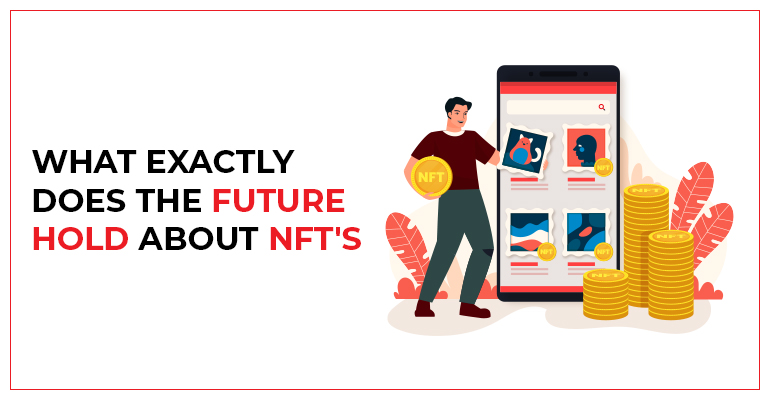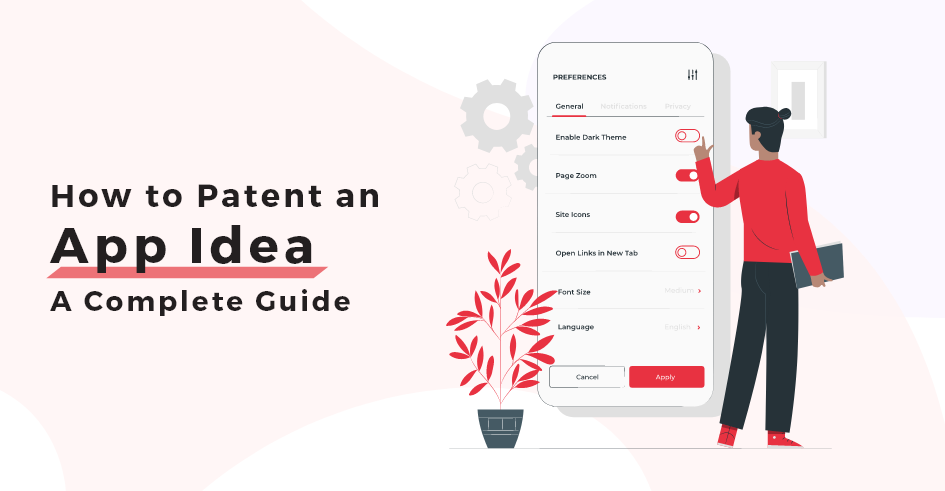What exactly does the future hold about NFT’s
March 11, 2022
Samantha Jones
WHAT IS A NFT?
A NFT, which represents a non-fungible token, is an exceptional unit of information utilizing innovation that permits computerized content-from recordings to tune to pictures to become logged and confirmed on cryptographic money blockchain, principally Ethereum. Whenever content is signed onto the blockchain, each exchange from moves to deals is recorded on-chain, making an effectively open record of provenance and cost history.
IMPACT OF NON-FUNGIBLE TOKENS
The real effect of NFTs and nft development solutions is making it simple to claim and sell computerized content. Beforehand, for instance, automated artists could develop huge followings via web-based entertainment, draw in independent business work, and perhaps sell prints and other merchandise with their plans. Yet, they experienced difficulty adapting advanced artistry straightforwardly; as purchasers asked, why would it be advisable to purchase what I can screen capture free of charge?
IDEAS BEHIND NFT’S AND HOW CAN IT FUNCTION?
Stamping is the demonstration of making an NFT, which implies making a smart contract that will be put away on the blockchain. The smart contract contains a great deal of important data: it records the maker of the work and guarantees that the maker, or different gatherings, get eminences each time the NFT is sold.
The capacity for specialists to naturally gather returns on resale esteem is essential for NFTs’ draw for artisans (all stages bring in their cash by getting a little level of eminences through the smart contract). However, the interaction is noticeably flawed: mechanical errors can make it so that gatherings don’t continuously get sovereignties. Furthermore, an intelligent agreement doesn’t have the lawful load of copyright – it will take an applicable legal dispute to perceive how the law respects smart contracts.
This implies that numerous NFTs include two sections: the brilliant deal and the actual resource.
While their friends continually urge specialists to make oodles of cash-making NFTs of their work, there are hindrances. Maybe the most restrictive is that stamping an NFT isn’t free, and its expense expands the more blocked the Ethereum network becomes, and the more computational exertion is expected to do the work. The monetary fee of that fundamental computational exertion is the “gas charge,” continually fluctuating. The NFT maker doesn’t constantly do the printing; certain stages will offload that interaction and the ensuing expense for the shopper.
WHAT ARE THE MAJOR ISSUES WITH NON FUNGIBLE TOKENS?
The main extensive investigation of NFTs distributed up to this point gathered costs from 2017 to April 2021 and revealed that $15 was the normal deal cost of 75% of NFTs, with just 1% of NFTs arriving at prices higher than $1,500. Be that as it may, this information ought to be accepted tentatively. It is vigorously slanted because most of its information focuses hail from a period before NFTs were embraced at the current scale.
It is a whole task to prevent theft. Specialists who have kept down on making NFTs have regularly seen their work stamped by obscure gatherings, and a couple of NFT commercial centers confirm a piece’s maker before permitting it to sell. Designers or artists who have grumbled about this issue online have been told to make NFTs of their work stop robbery, a flawed arrangement that has specialists feeling as though they’re being compelled to make NFTs. Moreover, numerous artists would not make NFTs on moral grounds.
One explanation a few artists have kept down on making NFTs is because they would rather not benefit from the dirtying foundation of Ethereum. Essentially, digital currencies like Ethereum consume huge amounts of ability to work. Right now, a solitary exchange on Ethereum consumes as much power as does a house in a week’s worth of work, as indicated by Forbes. Some NFT stages purchase carbon balances to alleviate their effect; however, the real viability of carbon balances is disputable. Most of the NFT people group has looked past the ecological effects because Ethereum 2.0 is coming, which will use an essentially less contaminating foundation.
DO NFTS COMPRISE CREATIVE DEVELOPMENT? A CLASSIFICATION? A MEDIUM?
Artists’ advanced work, new media artistry, programming, and blockchain craftsmanship all address sorts that exploit fluctuating explicit computerized mediums. Work made through any mechanical medium, or even conventional mediums, can turn into an NFT.
Nonetheless, there are situations when an artist will utilize blockchain and brilliant agreements to make the work of art itself, and it is in these cases just that NFTs address a medium. Strikingly, it is just under these conditions that the crack between shrewd agreement and fine art is mended because they are very much the same.
ENDNOTE:
However, there are huge areas of NFTs where the line among fine arts are obscured as in the contemporary, conventional artistry world. There is a higher net revenue to be found in works sold as artistic work instead of as collectibles. Thus lengthy as sale houses, gatherers, and different foundations know that it might be challenging to explain the limit between those two classes. In any case, 2021 and 2022 remains little space for more extensive discussion as the puzzling and novel market advanced at lightning speed; 2023 could see the artistic ship world and the public arriving at their own decisions. In coming years NFT’s and blockchain both holds the bright future of technology.





